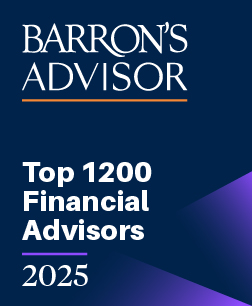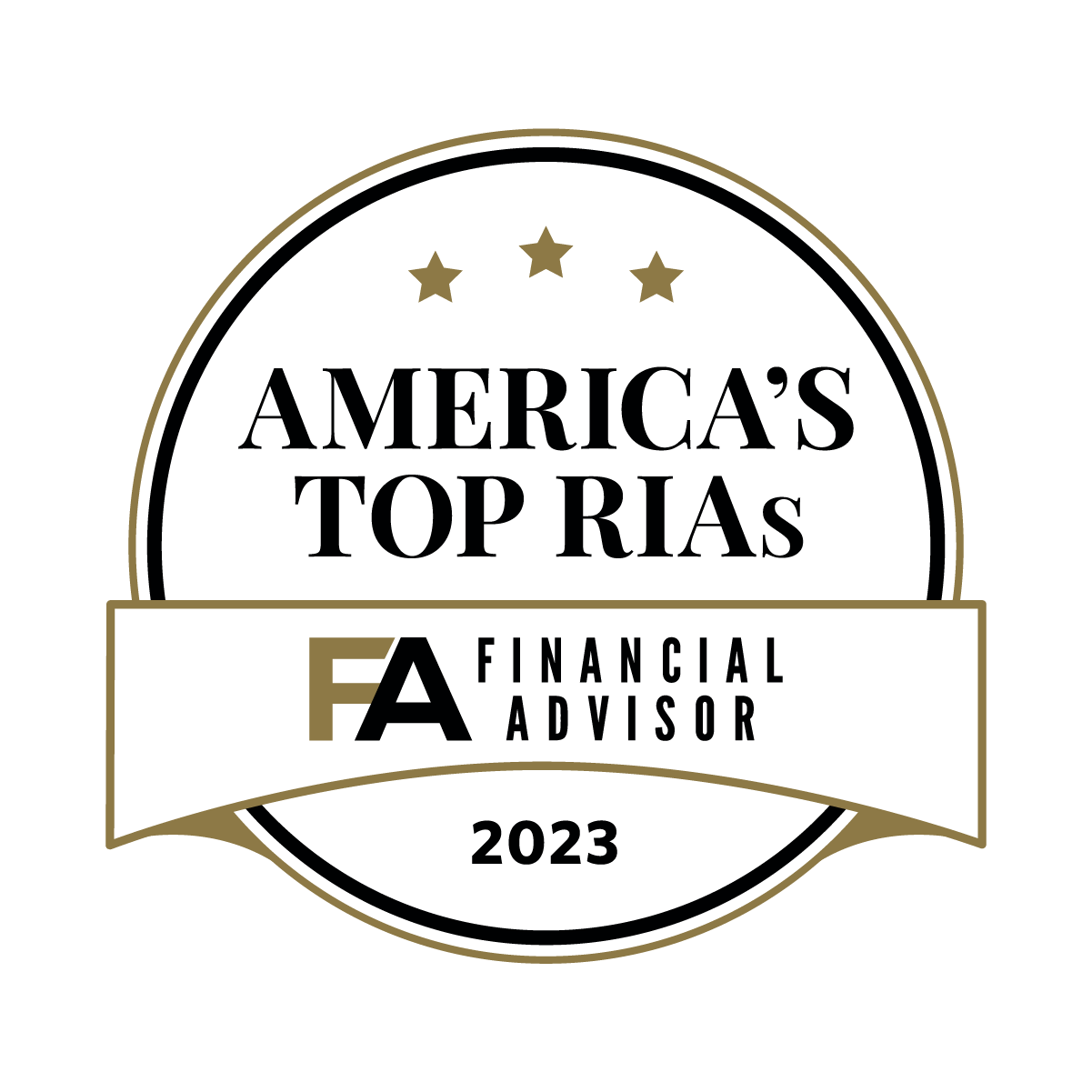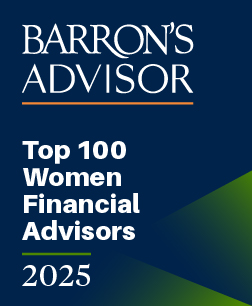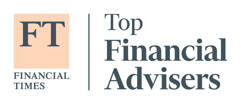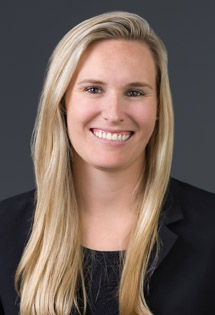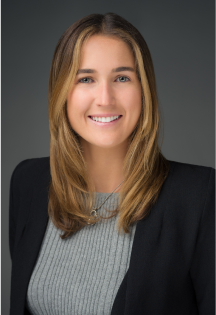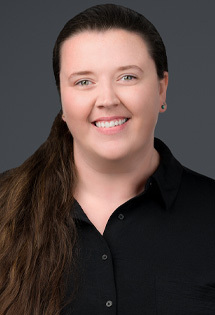
Office Administrator
Learn more about MichaelWealth Management Associate Advisor
Learn more about MartyWealth Management Advisor, Partner
Learn more about KelliOperations Assistant
Learn more about KellyWealth Management Advisor
Learn more about AubreySenior Wealth Management Advisor
Learn more about ChaseDirector of Strategy & Resources, Partner
Learn more about LindseyPresident, Founding Partner
Learn more about CarolynSenior Wealth Management Advisor
Learn more about RyanWealth Management Advisor, Partner
Learn more about BrookeWealth Management Advisor, Partner
Learn more about BrentWealth Management Advisor
Learn more about AndreaWealth Management Associate
Learn more about StoneOperations & Client Service Advisor
Learn more about SallyMarketing & Communications Advisor
Learn more about Yoshi




